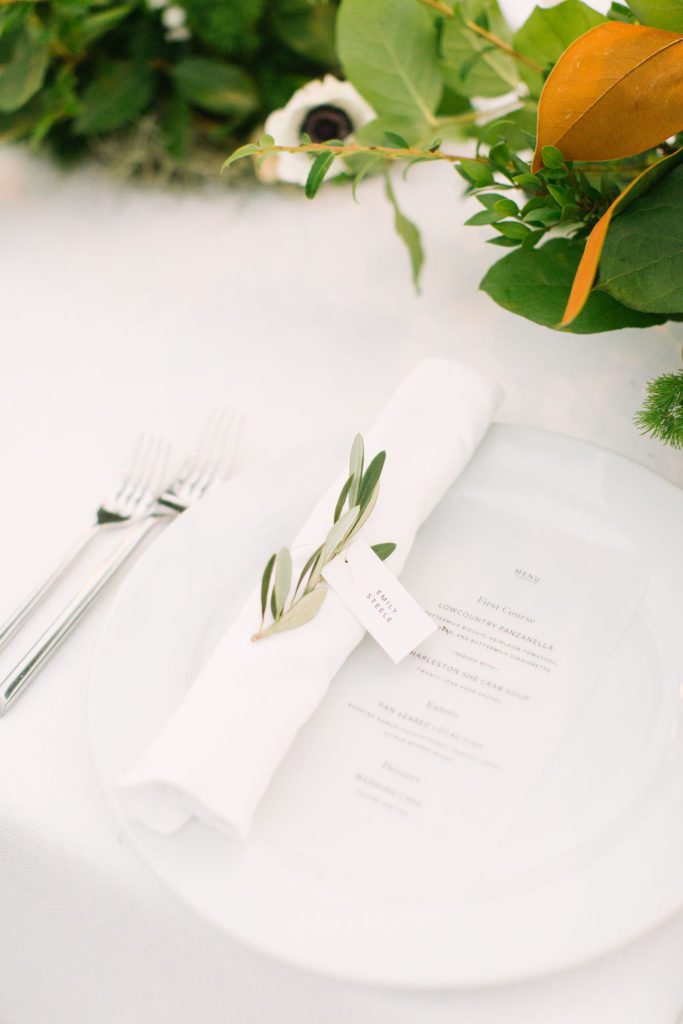
Sit-down dinner receptions at formal wedding events appear to require wizardry and some behind the scenes magic to pull off the best suited seating arrangements. While crafting a seating plan may feel like a rubix cube or puzzle, it’s no secret that there will be arranging–and rearranging. At Christina Baxter Weddings & Events, we enjoy this part of the planning process as we develop a creative seating plan to accommodate our couples’ visions. To tackle the reception seating, we’ll share five pro-tips that will both give a wedding the wow factor and ensure a happy couple.
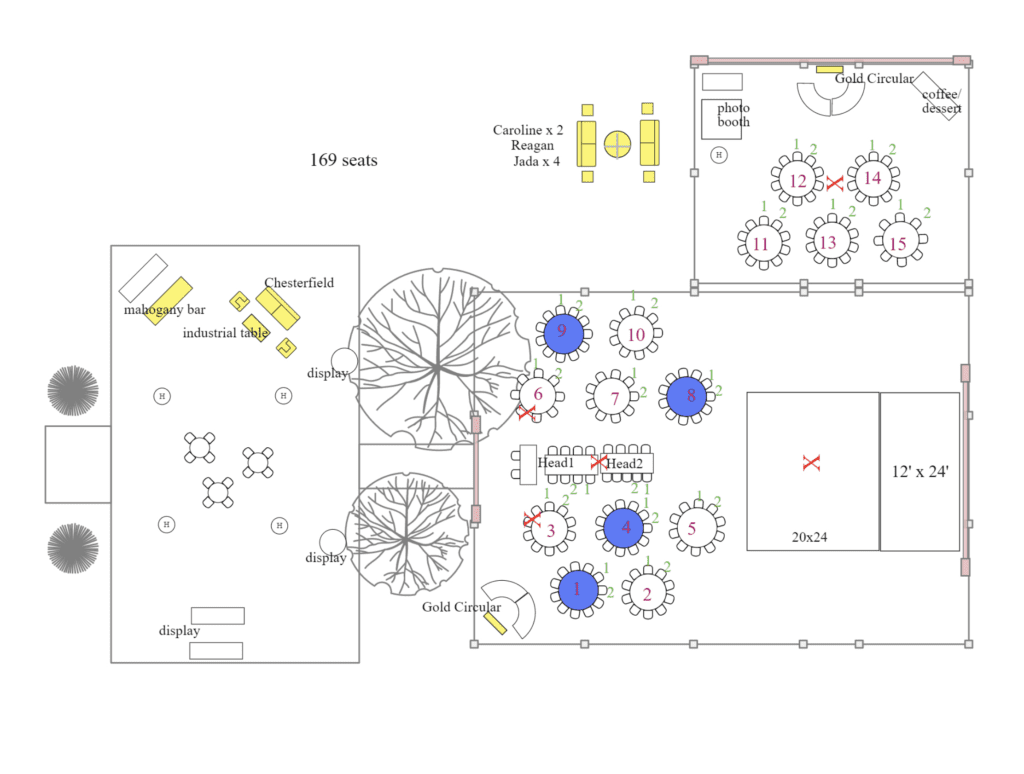
Develop a Vision from an Aerial View
Consider the venue and the shapes of the tables you are able to use. Some reception locations accommodate round tables of eight or ten while others prefer long tables for eight or multiple rectangles end-to-end for seating of up to 40 on each side.The most important table to consider with a view from above, is the head table, which may also serve best as a King’s table depending on how the celebrated couple wishes to use it for their wedding party. This approach will give a preliminary floor plan as you look ahead to table design and seating assignments.

Reception Activities & Dining Considerations
As you begin to layout the floor plan consider the other things happening during the reception: activities & displays, musical entertainment, the service style and site lines.
Additional activities and displays such as caricature artists, photo booths or floral walls require more space then expected and also helps fill in areas otherwise unused for dinner seating.
The style of dinner service should also inform your seating set up. Whether it’s multiple courses plated, includes pre-selected entrees or is a buffet, there are creative ways to arrange tables and chairs for ease of waiter service or dismissal for dining.
If there is a live band or DJ, younger guests should be seated near the speakers and dance floor to encourage a lively reception but also serves as volume management for older guests.
We always consider site lines by paying attention to what is directly behind the bride and groom. This area will be captured in many photos and should not include any eye sores such as fire and exit signs or poles.

Choreographing the Guests’ Arrival
Many guests are often ‘wow’ed by the reveal of the reception. To secure their surprise, we recommend planning out how the guests will arrive at their table and how they sit down. There are two ideas here: assign the tables, or assign the seats. The use of escort cards is one option with table numbers works when couples want to offer open seating at their tables. To match exact names to seats, use an escort card to reach the table and then the guest can match their name to their exact seat. Place cards are required when dining choices have been pre-selected.
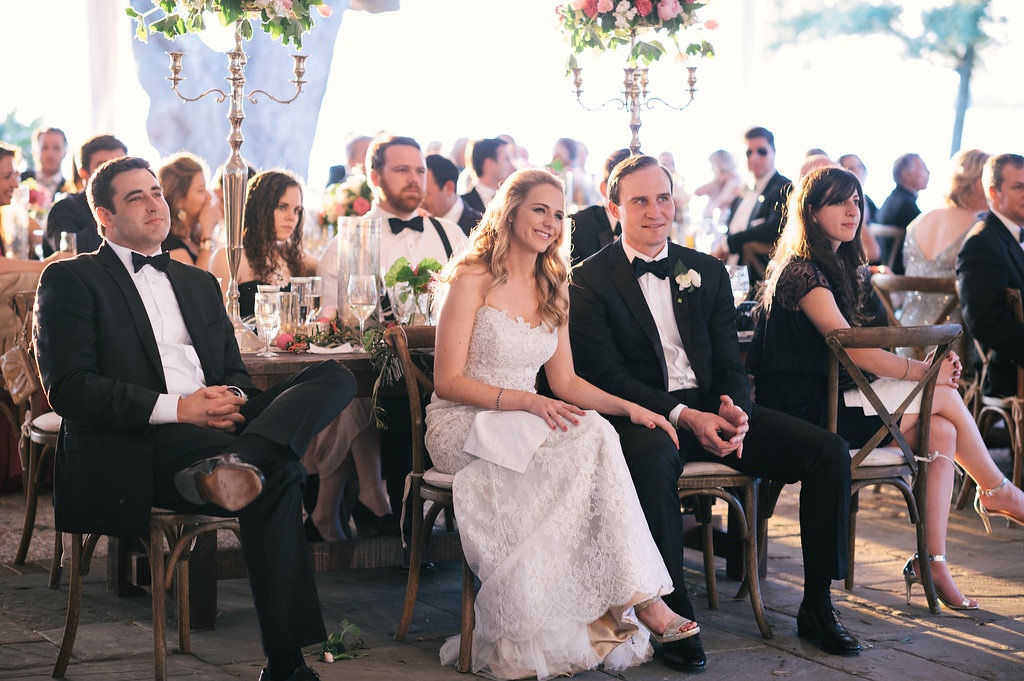
Wedding Party Seating Options
As the newlywed couple, there are several options for how to seat the wedding party. Head tables usually include the entire wedding party: bride, groom, bridesmaids and groomsmen. In some instances, a sweetheart table is used for just the bride and groom, then the wedding party can be seated either together or with their date. Conversely, head tables can grow to be quite large and include seats for the bridesmaids’ and groomsmens’ dates. Defining a preferred shape for the head table will guide the number of seats available — and needed.
As a traditional etiquette note, the bride should sit to the right of the groom. Then, the Maid of Honor sits to the left of the groom and the Best Man to the right of the bride.
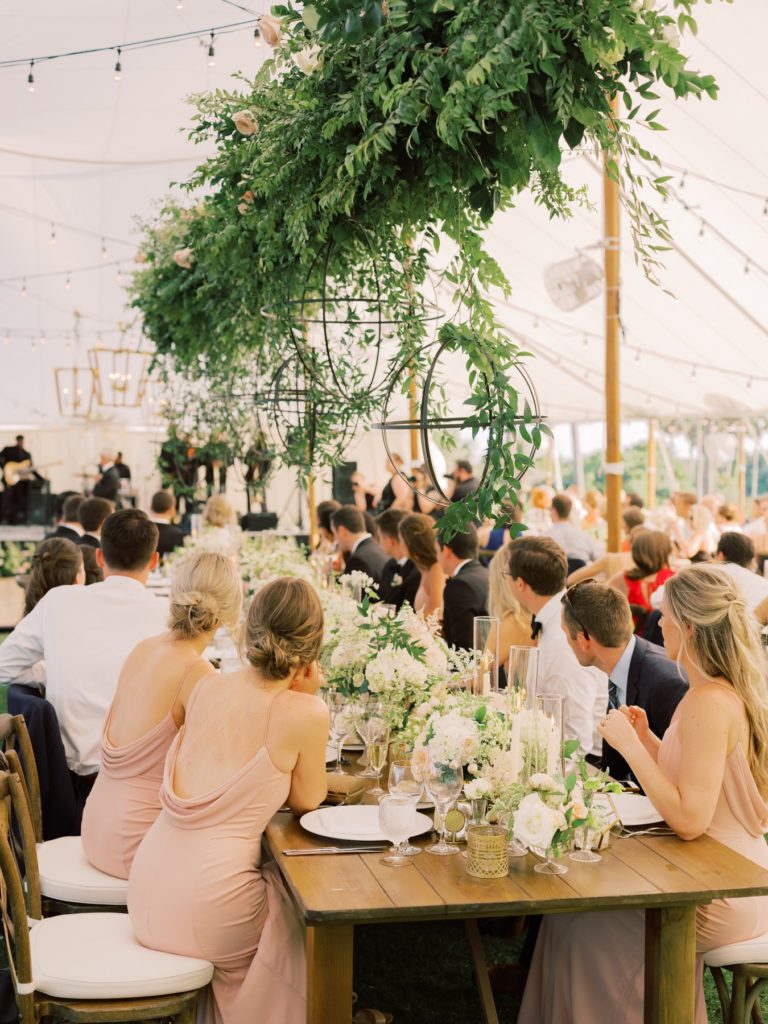
Organization Guide to Assign Tables Effectively
To stay organized and true to tradition and apply the same idea of a bride’s and groom’s side at the ceremony to the reception seating chart. Next, we recommend placing the family members at tables to determine how many seats and tables are needed. To streamline the seating assignments, we recommend using the parents’ expertise in family dynamics. Their input will both help organize family members and allow them to place their friends attending strategically. After assessing the bride and groom’s sides, family members and parents’ friends, there should only be a couple more “guest segments” to consider. By putting guests into groups, you will be able to appropriately develop seating assignments based. The last consideration to organize tables effectively is accommodating children. If invited, we recommend a childrens’ table and games or activities nearby to help keep their “fun” contained.
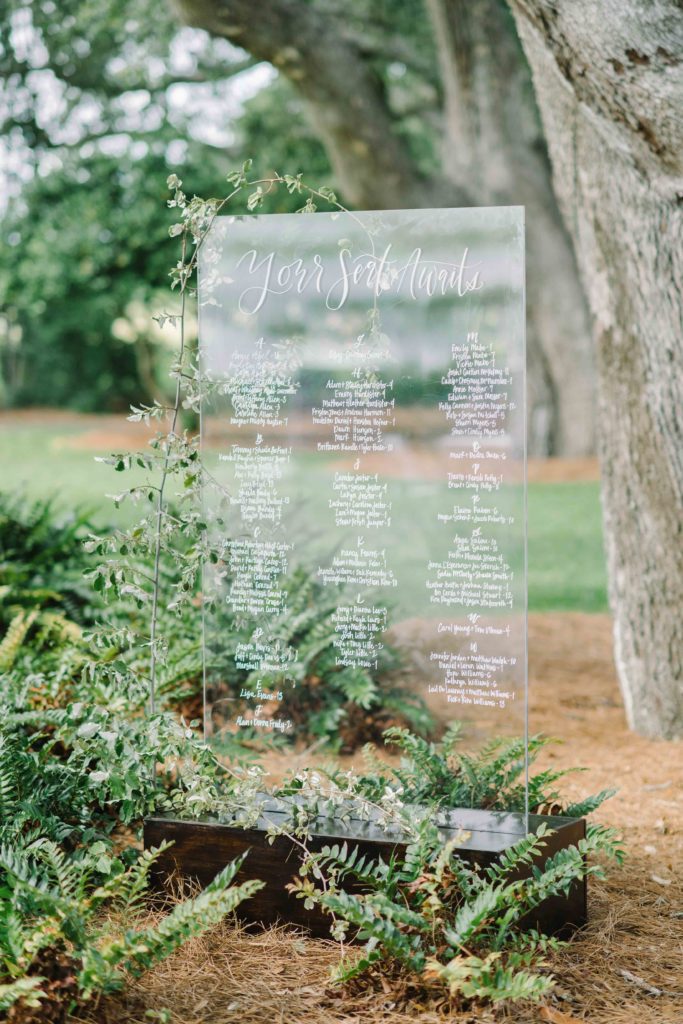
If seating charts and reception layouts seem overwhelming, contact the award-winning team of Christina Baxter Wedding & Events for the luxury of stress-free wedding planning and an unforgettable wedding from the ceremony to the send off. Call 843.749.2807 or email info@christinabaxterweddings.com.